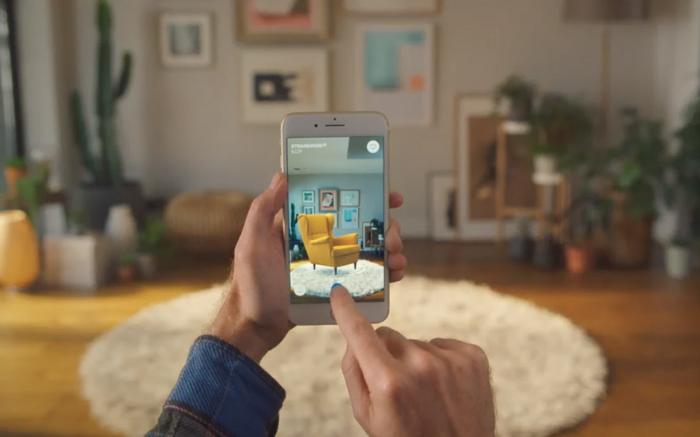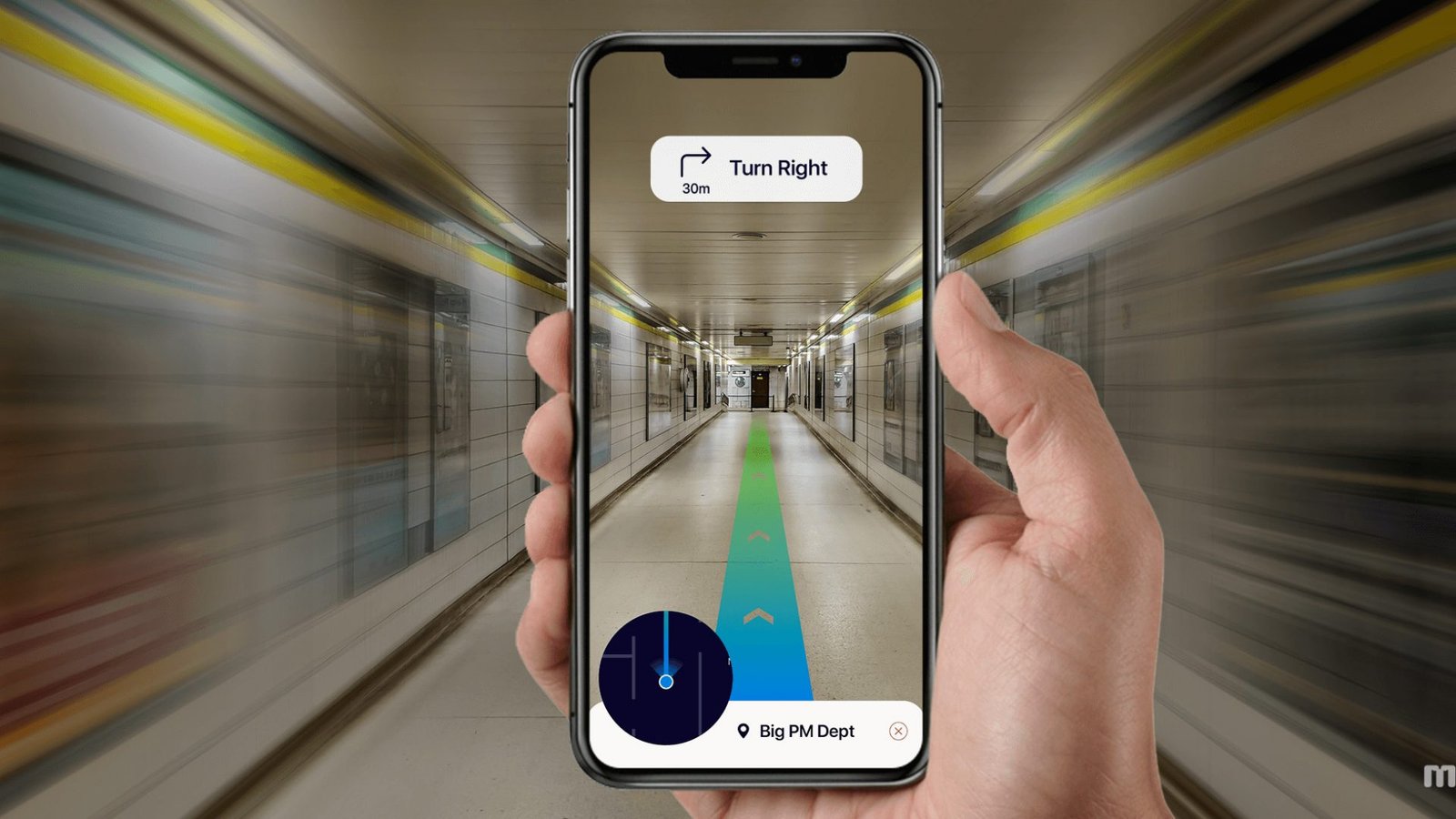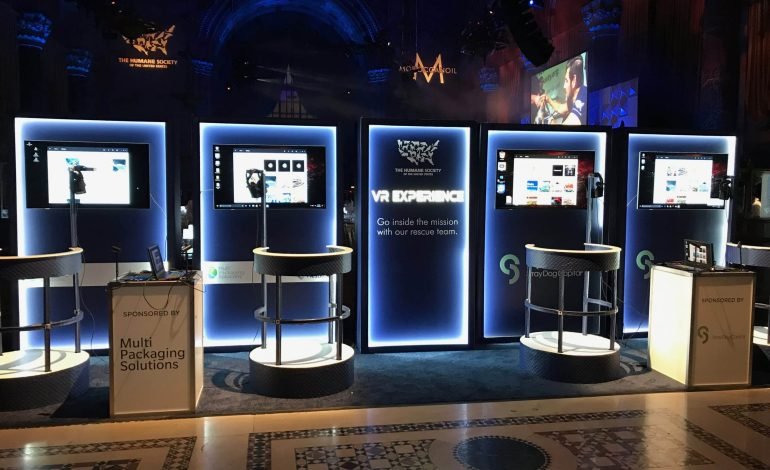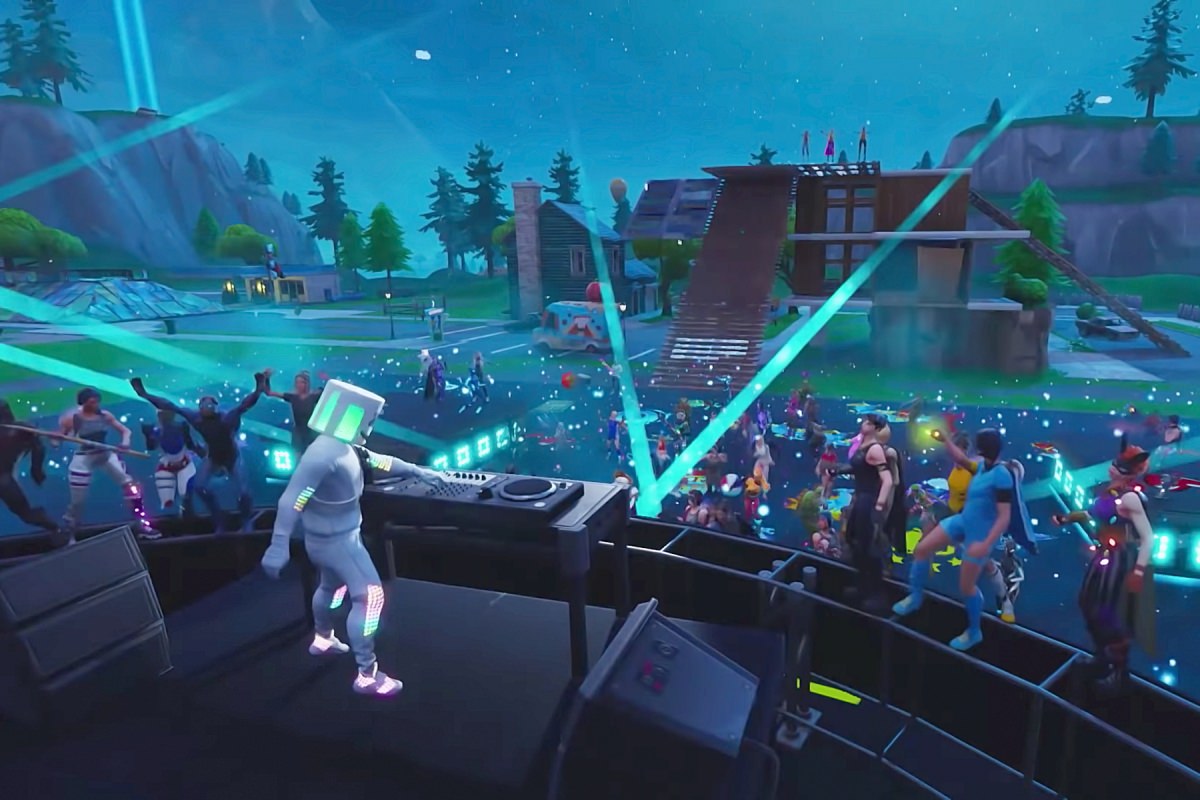How to create marker-based augmented reality content?

To produce an interesting augmented reality content, you must comprehend how the technology functions and know how to integrate real-world situations with digital layers smoothly. Here is a quick overview of everything you will need to construct your own augmented reality experience before you read the details and specifications:
A 3D object or movie to show on top of the selected image, a static trigger image (also known as an AR marker), and software to combine the two pieces of material, such as the excessive self-service To access the AR content, scan the marker with a mobile device running a suitable app. It makes no difference whether you have content that must be created or want to merge. I’ll review the details and recommended transition methods for both instances below.
Develop an interesting augmented reality project:

- Correct the AR material.
- Examples of good AR markers
- examples of poor AR markers
- Environment considerations for experiences using markers for augmented reality content
- For computer vision, the 50% rule
- Depending on the weather, are outdoor AR markers
- What are the Overly app’s marker requirements?
- What types of digital content can be included with an augmented reality marker?
- 5 steps for combining a marker with augmented reality content material
- Correct the AR material.
- What makes a greatly augmented reality marker, first and foremost?
Must specifically develop the image you use as an AR marker for your project. The image must be original; you must ensure. Choose a design that only you can view online, a photo you took, or anything from your company’s library. Employing stock photos or Google images is not a smart idea because someone else may be utilizing them already or will do so in the future, which could result in different information appearing on the same marker. In other words, you are not the owner of this stuff.
Use as many graphical components and contrasts as possible in your trigger photo for the machine vision to detect the marker. Your marker image is something other than something about which you should be minimalist. The system for recognizing images thrives on various shapes, shadows, etc.
Examples of good AR markers
The markers you can scan using the Overly app on your phone are shown below. These two pictures serve as excellent illustrations. Even though Ed Sheeran can be found all over the internet, a designer has produced a particular piece that includes the musician and is also specially tailored for the occasion it promotes.
Examples of poor AR markers

It may become unstable when AR material is put on top of markers with too much text. We suggest using the region with a graphic element as the marker if you want to add life to a primary text website. An excerpt from the Vidzeme University of Applied Sciences prospectus is shown below. We couldn’t utilize the right side of the page as a marker, but we could make good use of the left image. Magazines and newspapers frequently employ this strategy when bringing real-world pictures or objects to life on a text page.
Using graphic components frequently and making the marking appear the same from all sides are also bad ideas. Chess boards, as an illustration, provide a strong argument against poor markings. Even when the image’s angle is altered, the squares all appear the same, which could lead to stability and reading issues.
The minimalist advertisement below is quite cool. However, there is too much white space. This is a probable augmented reality content rating of 1 out of 10, and it will undoubtedly fail. Such enormous empty spaces could hinder the readability and stability of the marking and mislead image recognition software.
Say no to hazy pictures! Despite how nice they may appear, computer vision does not understand blurred lines, making it nearly hard for image recognition algorithms to recognize such images.
Last, it would be best if you considered where your marker would land. Even though everything appears fantastic on your computer, you must ensure it prints correctly. Some recommendations here:
Use matte photos over glossy ones because it may be difficult to read them when they reflect light. To ensure AR content looks well, consider making a bottle tag rather than using AR markers on rounded items like cans or bottle labels. The bottles may function, but typically knowledge is required to make such things.
What are the Overly app’s marker requirements?

Should select the marker picture with the abovementioned criteria, but it must also adhere to certain requirements to function properly on the Overly app’s web platform. If you choose to print your marker, ensure the image is of sufficient quality to print at the size you need.
The markers must be high-resolution.jpg or.png images to work with the Overly app. Grayscale or RGB. Maximum 2MB. With or without transparency, eight or 24-bit.
What types of digital content can be included with an augmented reality marker?
There are 16 different pieces of content kinds that you may bring to life if you use the Overly app to make youraugmented reality content experiences come to life. Consider all of your alternatives.
5 steps for combining a marker with augmented reality content material
You can combine the parts once you’ve considered and produced the material for all those mentioned above. It would help if you did this by looking into the platforms that can offer AR services. A couple of these platforms are available, notably the Overly app. Choose the one you prefer and what is best for your budget. Here you can view the Overly app’s price options.
The platform you select requires registration and is web-based, but the procedures should be the same for everyone once that is done.
- You will upload your desired trigger image, which is a static design.
- Next, you’ll be prompted to upload the files (please note that it depends on the platform what type of content can be uploaded)
- You must decide on the content’s size, placement of the marker, and, if applicable, any CTAs.
- Press publish after viewing the appearance online.
- Will update the system shortly after, so you can use your smartphone to test the marking and show it to your audience.





